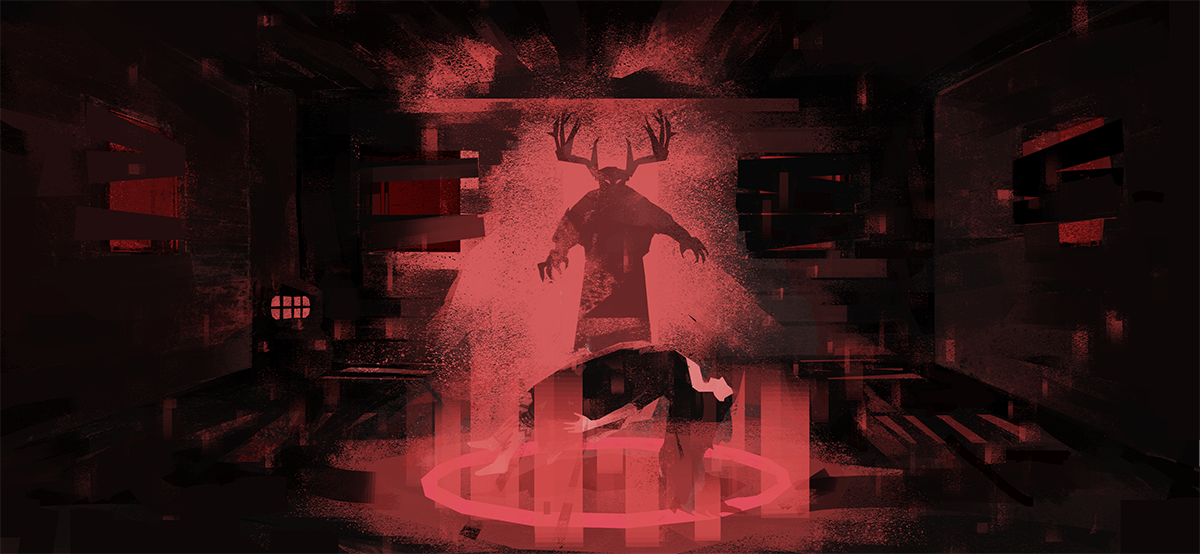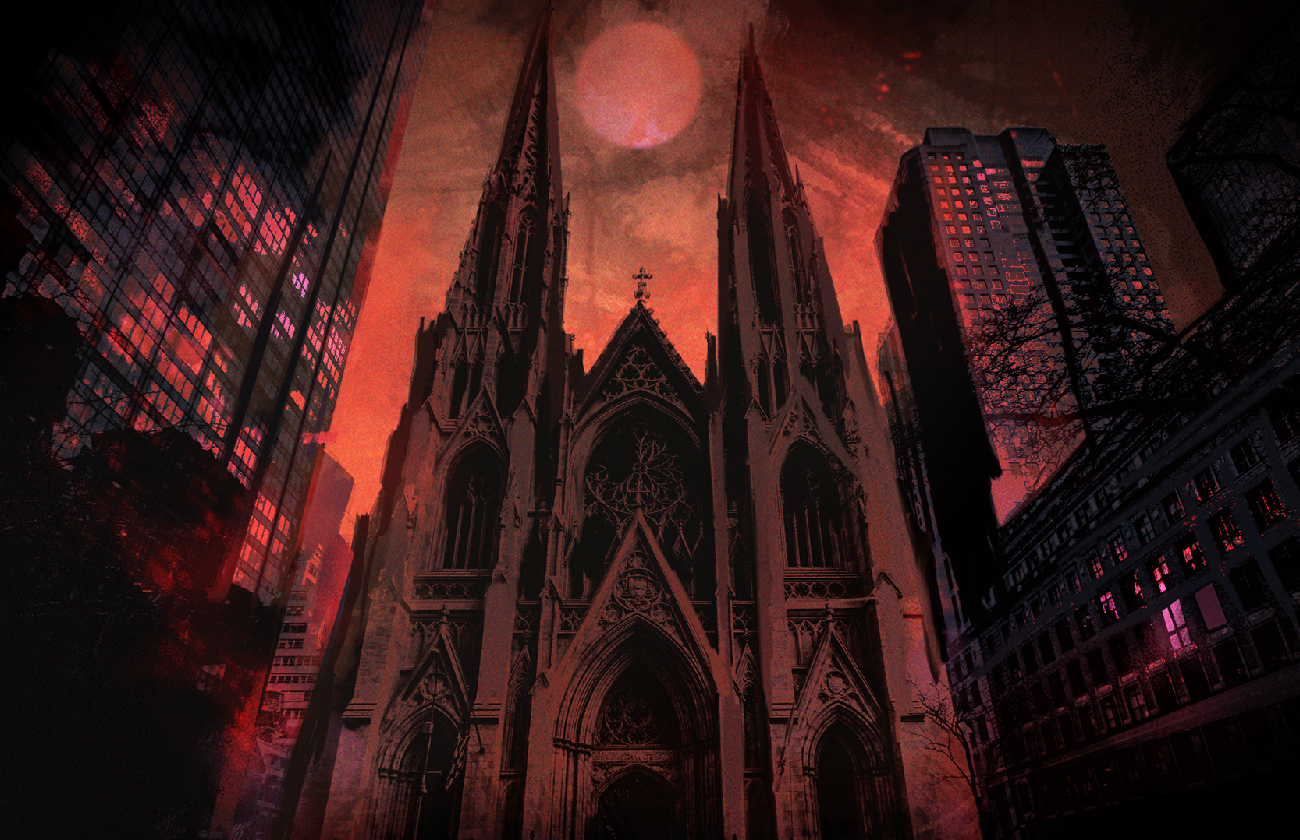
Weird, Weird West
Western as a genre has always been close to the realm of pure fantasy. When you try to imagine the American frontier, it’s hard to see anything but a neverending wave of shootouts, bank robberies and stagecoach chases, a land of lawlessness and violence. And yet, the more you read about the history of USA, the more amazed you get at how throroughly fabricated this popculture image of the Old West is. Noble gunslinger testing his peerless aim and reflexes in a fair duel? Virtually unheard of back in the day, especially given that winning a gunfight was usually a matter of pulling a dirty trick at close range before the confrontation even started (and if it did start, it tended to involve a lot of missed shots, wounded onlookers and serious lawsuits). Bank robberies? The second half of 19th century has around ten of them documented in the entire country – that’s less than a small modern American city has to endure within a year. Oh, and legendary figures of the frontier? The myths surrounding them were always a mix of literary fiction and rumors spiraling out of control, not to mention all the ways the supposed greats themselves were trying to bolster their fame.
The golden age of western stories still has a lot of merits – the romantic iconography of cowboys and bandits, Indians and buffalos, saloons and deserts still has a tight grip on our collective imagination while classic movies such as Anthony Mann’s “Man of the West” (1958) seem utterly impervious to age. And yet, it seems almost impossible to play the classic strengths of the genre straight nowadays, to just lose oneself in uplifting naivete of a sweeping national myth which deftly avoids the unpleasant pages of American history books. One answer to this problem is demythologization, the idea of a revisionist western: moral greys, subverted conventions, downtrodden realism and atypical heroes flipping the genre on its head. The other answer is enhancing the mythical quality instead of removing it, turning the frontier into a surreal hellscape where terrifying figures await. Weird West. That’s the direction we’ve decided to pursue when coming up with ideas for The Ritual.
Our concept is basically this: since Wild West has always been an illusion based on half-truths and chimeras, why not lean into it and confront our characters with the supernatural, be it occult horror or absurd fantasies? Man-eating Wendigos (who could forget their depiction in Bryan Fuller’s “Hannibal” TV series), mischevious Tommyknockers hammering at vulnerable mine walls in hopes of entrapping prospectors, or even bizarre Axehandle Hounds, fearsome axe-shaped critters whose diet consists mainly of, well, believe it or not, axes – the beasts in American folklore are equally fascinating and underexplored, a perfect fit for a videogame bestiary. What’s also curious to us is the way the untamed spaces of the frontier interact with the psyche of its inhabitant – a concern perfectly expressed in Monte Hellman’s movie “The Shooting” (1966) which paved the way for directors such as Jim Jarmusch or Alejandro Jodorowsky and their own fascinating treatments of the western genre. Ours is a pop treatment of the theme, of course: descent into utter madness caused by mysterious occult powers. Still, since the conventions of Weird West allow both for cheap thrills and something much, much more outrageous, we hope to surprise you with the unexpected. After all, when even the Old West we’ve come accept as real is largely a manufactured fantasy, the only way to make it “weird” is complete insanity.




